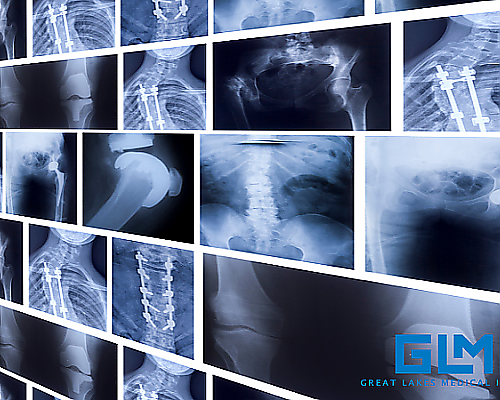Our Blog
Radiation Safety in Medical Imaging: Ensuring Patient Well-being

Medical imaging plays a vital role in diagnosing and monitoring various medical conditions. While imaging procedures like X-rays, CT scans, and nuclear medicine offer valuable insights, it's essential to prioritize radiation safety to protect patient well-being. In this article, we will explore the importance of radiation safety in medical imaging and the measures taken to ensure patient safety.
- Understanding Radiation in Medical Imaging: Radiation is a form of energy used in certain imaging procedures to create detailed images of the body's internal structures. It is important to note that the radiation used in medical imaging is generally safe and regulated. However, minimizing radiation exposure is crucial to maintain patient safety.
- Risk-Benefit Balance: Medical professionals carefully assess the risk-benefit balance when recommending imaging procedures involving radiation. The potential benefits of the diagnostic information obtained from these procedures must outweigh the minimal risks associated with radiation exposure.
- ALARA Principle: ALARA stands for "As Low As Reasonably Achievable." It is a guiding principle in radiation safety, emphasizing the importance of minimizing radiation exposure to the lowest possible level while obtaining images of sufficient quality for accurate diagnosis. Medical imaging facilities strictly adhere to ALARA principles to ensure patient safety.
- Qualified Professionals: Radiation safety in medical imaging relies on the expertise of qualified professionals, including radiologists, radiologic technologists, and medical physicists. These professionals have specialized training in radiation safety protocols and ensure that the imaging procedures are performed safely and accurately.
- Dose Optimization: Radiation doses used in imaging procedures are carefully optimized to obtain high-quality images while keeping radiation exposure as low as possible. Advanced technologies and dose reduction techniques, such as automatic exposure control and image noise reduction algorithms, are employed to achieve optimal results with minimal radiation exposure.
- Shielding and Protective Measures: Radiation shielding is essential to protect patients and staff from unnecessary radiation exposure. Lead aprons, thyroid collars, and gonadal shields are used to minimize radiation exposure to sensitive areas of the body during imaging procedures. Additionally, rooms where imaging procedures are conducted are designed with lead-lined walls to prevent the escape of radiation.
- Pediatric Imaging: Special care is taken to ensure radiation safety in pediatric imaging. Imaging protocols are tailored to minimize radiation exposure in children, taking into account their smaller size and greater sensitivity to radiation. Additionally, imaging facilities may use specific dose reduction techniques, such as low-dose protocols and image optimization algorithms, to further reduce radiation exposure in pediatric patients.
- Quality Assurance and Accreditation: Imaging facilities undergo rigorous quality assurance programs and may obtain accreditation from organizations such as the American College of Radiology (ACR). These programs ensure that the facility adheres to strict radiation safety guidelines, maintains quality standards, and regularly undergoes assessments and audits.
Radiation safety is of utmost importance in medical imaging to ensure patient well-being. Through adherence to ALARA principles, dose optimization, shielding measures, qualified professionals, and quality assurance programs, imaging facilities prioritize patient safety while providing accurate diagnostic information. Great Lakes Medical Imaging in Buffalo, NY, is committed to maintaining the highest standards of radiation safety to protect patients during imaging procedures.
To schedule an imaging procedure with a focus on radiation safety or learn more about our comprehensive imaging services, visit the Great Lakes Medical Imaging website or contact us at (716) 836-4646. Trust in our commitment to patient well-being, advanced technology, and expertise to provide you with accurate diagnoses and a safe imaging experience.
‹ Back









